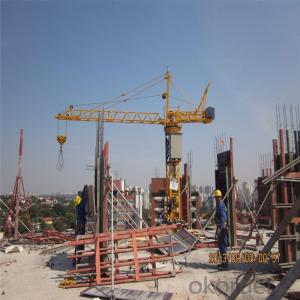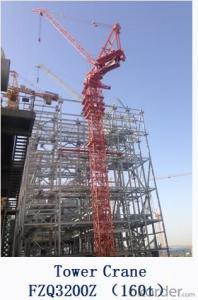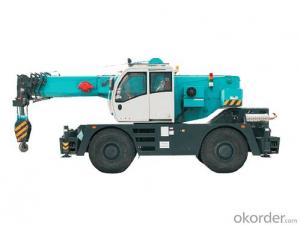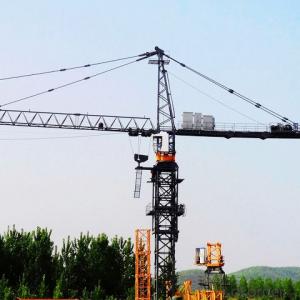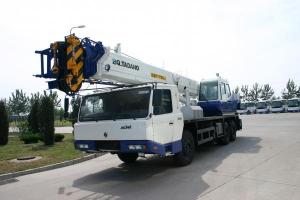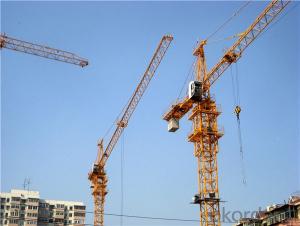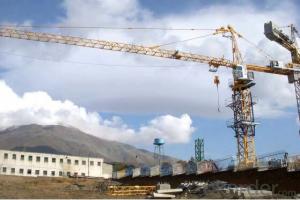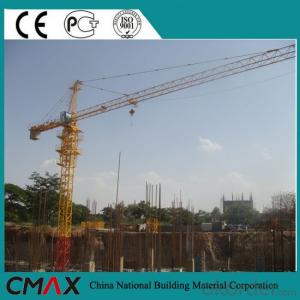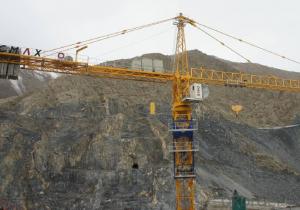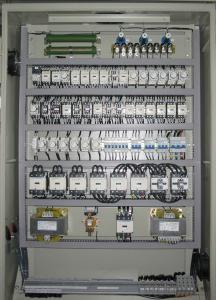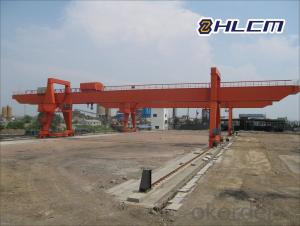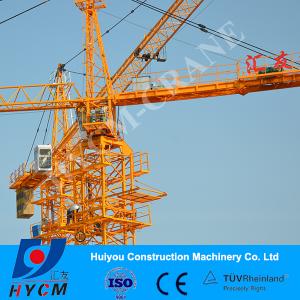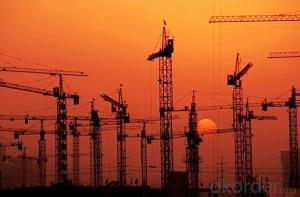All Categories
- - Steel Wire Rod
- - Steel Coils
- - Steel Profiles
- - Steel Pipes
- - Stainless Steel
- - Tinplate
- - Special Steel
- - Steel Sheets
- - Steel Rebars
- - Steel Strips
- - Hot Rolled Steel
- - Cold Rolled Steel
- - Pre-painted Steel
- - Seamless Steel Pipe
- - Welded Steel Pipe
- - Hollow Steel Tubes
- - Galvanized Pipe
- - Stainless Steel Coil
- - Stainless Steel Sheet
- - Stainless Steel Plate
- - Stainless Steel Strips
- - Electrolytic Tinplate Coil
- - Electrolytic Tinplate Sheet
- - Stainless Steel Rebars
- - Solar Panels
- - Solar Water Heater
- - Solar Related Products
- - Solar Inverter
- - Solar Cells
- - Solar Light
- - Solar Energy Systems
- - Solar Controllers
- - Solar Mounting System
- - Solar Pump
- - Solar Chargers
- - Fiberglass Chopped Strand
- - Fiberglass Mesh Cloth
- - Composite Pipes
- - FRP Pultrusion Profiles
- - Fiberglass Mat Tissue
- - Fiberglass Fabrics
- - Fiberglass Mesh
- - Composite Tank
- - Fiberglass Mesh tape
- - Polymer
- - FRP Roofing Panel
- - Fiberglass Roving
- - Monolithic Refractories
- - Ceramic Fiber Products
- - Refractory Bricks
- - Raw Materials For Refractory
- - Suspended Platform
- - Cranes
- - Concrete Machinery
- - Earthmoving Machinery
- - Building Hoist
- - Road Building Machinery
- - Plastic Pipe Fittings
- - Plastic Tubes
- - Plastic Sheets
- - Agricultural Plastic Products
- - Plastic Nets
 All Categories
All Categories
Q & A
What are the different types of crane load testing methods?
There are several different types of crane load testing methods, including static load testing, dynamic load testing, and overload testing. Static load testing involves applying a load to the crane and measuring its response to ensure that it can safely handle the required weight. Dynamic load testing involves subjecting the crane to varying loads and monitoring its performance under different conditions. Overload testing is done to determine the maximum weight the crane can handle without failure. Each method serves a specific purpose in assessing the crane's load-bearing capacity and safety.
How are rail-mounted cranes used in railway construction?
Rail-mounted cranes are used in railway construction to lift and move heavy materials and equipment. They are specifically designed to operate on railway tracks, allowing them to be easily transported and positioned along the construction site. These cranes play a crucial role in tasks such as installing rail tracks, lifting and positioning concrete sleepers, and handling construction materials like steel beams and prefabricated sections. By efficiently maneuvering on the tracks, rail-mounted cranes ensure the smooth progress of railway construction projects.
How are cranes transported?
Cranes are typically transported using specialized trailers or trucks specifically designed to carry heavy machinery. These trailers are equipped with hydraulic systems that allow them to lower and raise the crane for loading and unloading. In some cases, cranes may also be disassembled into smaller components and then transported to the desired location.
How are cranes assembled on construction sites?
Cranes are typically assembled on construction sites by following a step-by-step process. First, the base of the crane is laid and secured onto a stable foundation. Then, the mast or tower sections are bolted together, gradually increasing the height of the crane. Once the desired height is reached, the jib or boom is attached to the top of the mast. Counterweights are then added to provide stability and balance to the crane. Finally, the operator's cab and the necessary machinery, such as the hoist and rotation system, are installed. This systematic assembly ensures that cranes are safely and securely set up on construction sites.
Wholesale Cranes from supplier in Italy
With our specialized focus on supplying cranes to Italy, we are able to offer a comprehensive range of services to meet your needs. Whether you require sales assistance, quotes, or technical support, we have the expertise to assist you.
As a subsidiary platform of CNBM, a Fortune Global 500 company, we have the resources and capabilities to ensure a seamless procurement experience for cranes in Italy. Our strong backing enables us to provide reliable and high-quality products to our customers.
In addition to our extensive product range, we have gained valuable market expertise through years of operation in Italy. This knowledge allows us to understand the specific requirements and challenges of the Italian market, ensuring that we can offer tailored solutions to meet your unique needs.
Furthermore, we are committed to enhancing the success of your projects by providing valuable insights and knowledge. Our team of experts can offer guidance and support to help you make informed decisions and optimize the performance of your cranes.
Whether you need assistance with sales, quotes, technical support, or project insights, we are dedicated to delivering a superior cranes procurement experience in Italy. Contact us today to discuss your requirements and discover how we can support your business.
As a subsidiary platform of CNBM, a Fortune Global 500 company, we have the resources and capabilities to ensure a seamless procurement experience for cranes in Italy. Our strong backing enables us to provide reliable and high-quality products to our customers.
In addition to our extensive product range, we have gained valuable market expertise through years of operation in Italy. This knowledge allows us to understand the specific requirements and challenges of the Italian market, ensuring that we can offer tailored solutions to meet your unique needs.
Furthermore, we are committed to enhancing the success of your projects by providing valuable insights and knowledge. Our team of experts can offer guidance and support to help you make informed decisions and optimize the performance of your cranes.
Whether you need assistance with sales, quotes, technical support, or project insights, we are dedicated to delivering a superior cranes procurement experience in Italy. Contact us today to discuss your requirements and discover how we can support your business.
Hot Search
- Suspended Platform in Kyrgyzstan
- Cranes in British
- Concrete Machinery in Georgia
- Earthmoving Machinery in America
- Building Hoist in Philippines
- Road Building Machinery in Laos
- Building Hoist in South Africa
- Concrete Machinery in United Arab Emirates
- Concrete Machinery in Latvia
- Earthmoving Machinery in Guinea Bissau

